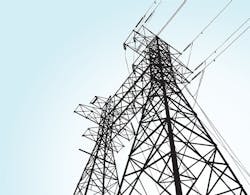National Grid in the Eye of the Storm
With economic losses from weather-related events on the rise, the U.S. Government Accountability Office (GAO) examined the vulnerability of the nation’s energy infrastructure to climate change impacts.
In the report Energy Infrastructure Risks and Adaptation Efforts, climate changes are projected to affect infrastructure throughout all major stages of the energy supply chain:
- Resource extraction and processing infrastructure – including oil and natural gas platforms, refineries, and processing plants – is often located near the coast, making it vulnerable to severe weather and sea level rise.
- Fuel transportation and storage is susceptible to damage from storms, melting permafrost, and increased precipitation.
- Electricity generation operations, such as power plants, can be interrupted by extreme weather or water shortages.
- Electricity transmission and distribution systems, including power lines and substations, can be damaged by weather events and may be stressed by rising demand for electricity as temperatures rise.
A number of measures exist to help reduce climate-related risks and adapt the nation’s energy systems. Hardening measures involve physical changes that improve the durability and stability of specific pieces of infrastructure, such as elevating and sealing water-sensitive equipment to make it less susceptible to damage.
Resiliency measures allow energy systems to continue operating after damage and allow them to recover more quickly, such as installing back-up generators to restore electricity more quickly after an outage.
